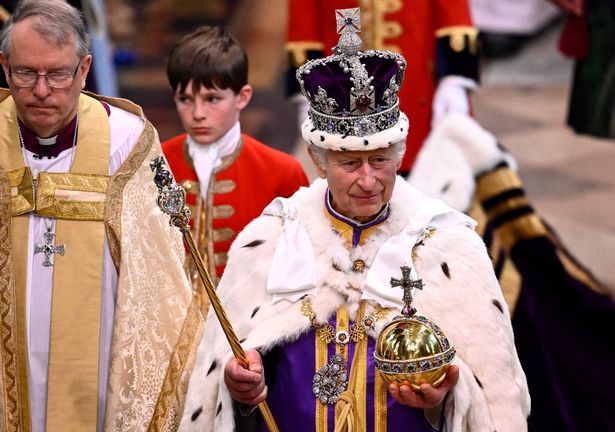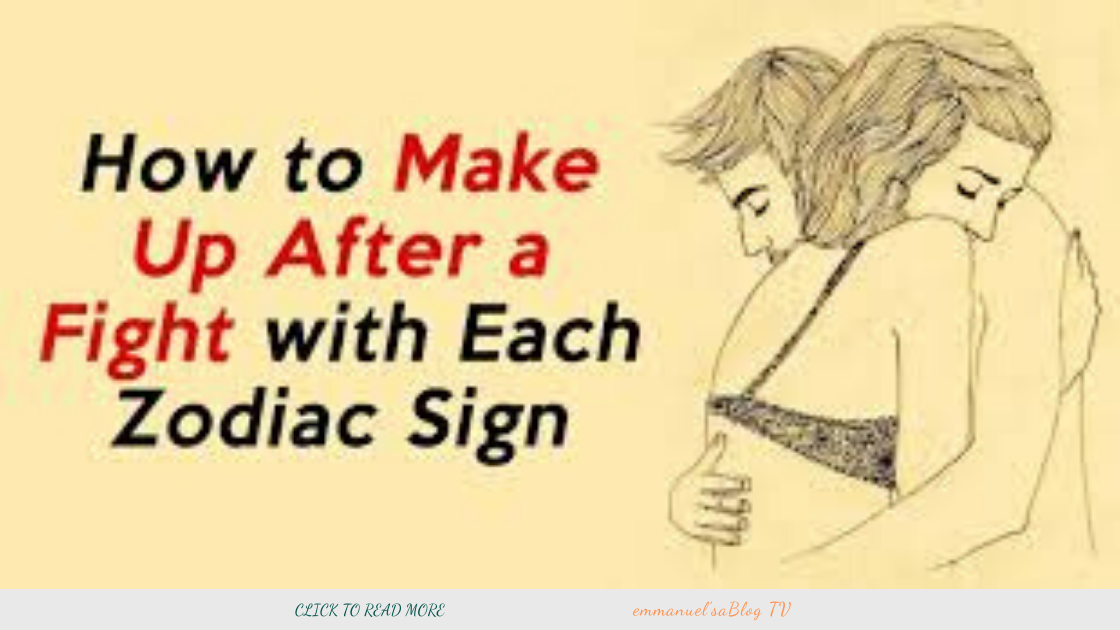A scientist claims that bis*xuality is more common among humans than previously believed, arguing that s*xuality exists on a spectrum and is influenced by genetics.
According to the latest statistics, 987,000 people in the UK aged 16 and over identify as bis*xual—an increase from 457,000 in 2018. However, the actual number of people who have engaged in both same-s*x and opposite-s*x experiences is likely much higher, according to Dr. Jason Hodgson, an anthropologist and evolutionary geneticist at Anglia Ruskin University.
Dr. Hodgson suggests that most people fall within the bis*xual range, similar to primates in the wild. He describes s*xuality as a continuum, with exclusive heteros*xuality on one end, exclusive homos*xuality on the other, and a broad bis*xual range in between.
“I predict that most people should actually be bis*xual,” he told MailOnline. “The genes that influence same-s*x s*xual behavior likely play a role in overall sociality, meaning individuals who engage in both same-s*x and opposite-s*x relationships may be better at forming social bonds.”
A Spectrum of S*xuality
Dr. Hodgson envisions a scale from 0 to 1 to represent a person’s s*xual experiences—0 indicating exclusively heteros*xual encounters, 1 representing exclusively same-s*x experiences, and all values in between falling within the bis*xual range.
“If someone had one same-s*x experience and 99 opposite-s*x experiences, their value would be 0.01—placing them slightly in the bis*xual range,” he explained. “Given the right social circumstances, I suspect most people would fall somewhere on this spectrum.”
However, Dr. Hodgson distinguishes between identifying as bis*xual and engaging in bis*xual behavior. While official data suggests 1.8% of UK adults identify as bis*xual, the proportion of people who have had both types of experiences is likely much higher.
“Even individuals who identify as exclusively heteros*xual may have had at least one consensual same-s*x experience in their lifetime,” he noted.
Parallels with Bonobos
Dr. Hodgson draws comparisons to bonobos, one of humanity’s closest primate relatives, known for engaging in both same-s*x and opposite-s*x interactions. In a 2016 research paper, he stated, “Bonobos are bis*xual, and this behavior contributes to group cohesion. Bis*xuality may be the norm, as those involved in same-s*x interactions also participate in reproductive s*x.”
The Role of Genetics
The scientist also emphasizes that s*xual behavior is largely influenced by genetics. “S*xuality runs in families, meaning it is heritable, and many genes contribute to it,” he explained. “Genes that influence same-s*x behavior are common, and most people possess them to varying degrees.”
According to Dr. Hodgson, s*xual expression has played a significant social role in primates, and human s*xuality is no exception.












